Eyelash Sage Plant Care: Tips On Growing Eyelash Sage Plants
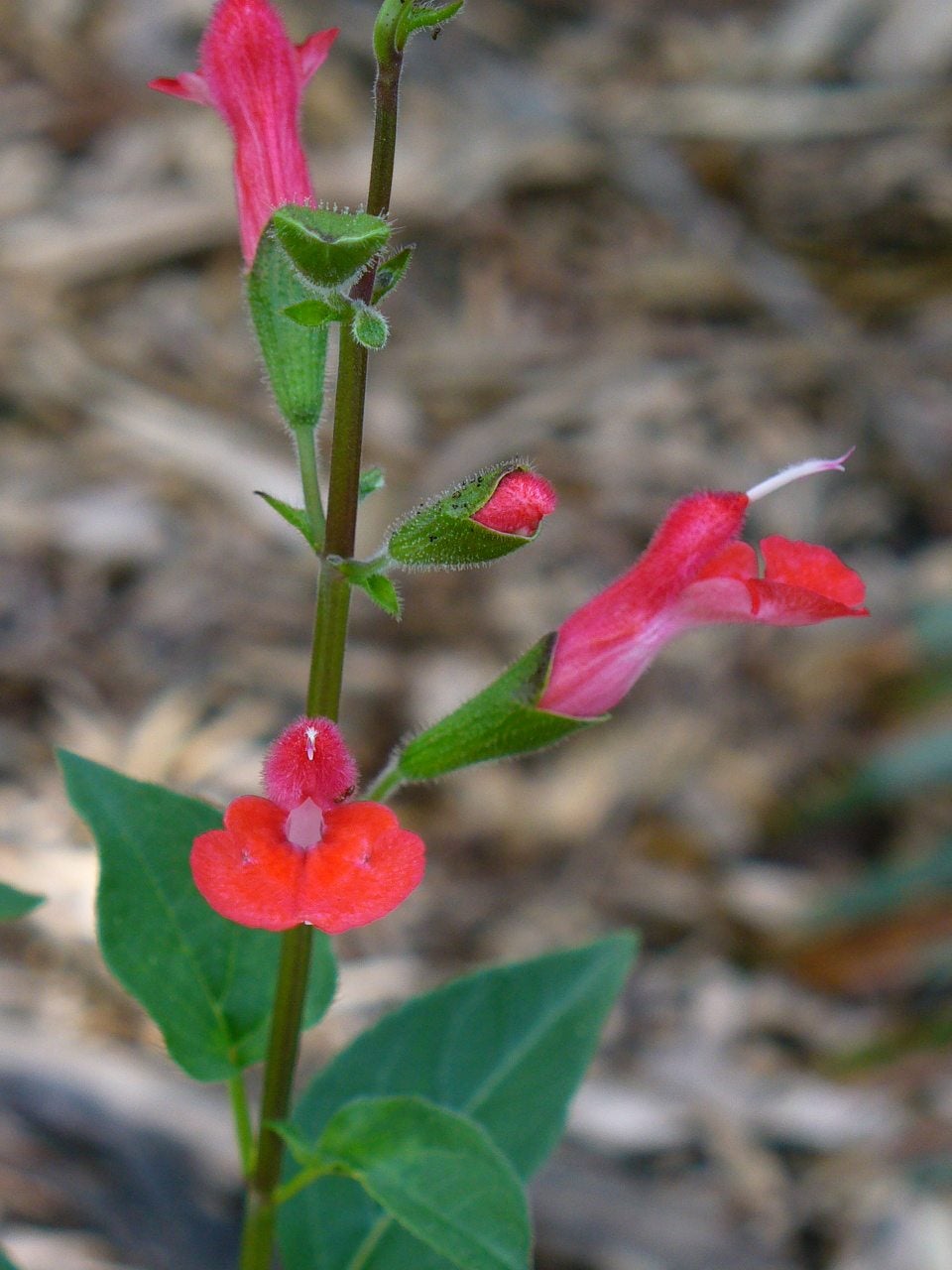
Looking for an easy-care bloomer that attracts hummingbirds? Look no further than eyelash leaved sage. What is an eyelash sage? Read on to find out about growing eyelash sage plants and care.
What is an Eyelash Sage?
The genus Salvia is comprised of more than 700 species amongst which are eyelash sage plants. They belong to the Lamiaceae or mint family and are notoriously pest resistant and highly attractive to hummingbirds. A Mexican native, eyelash leaved sage (Salvia blepharophylla) is also aptly named ‘Diablo,’ which means devil in Spanish and is in reference to the bright yellow stamens that stand up out of the crimson flowers like horns. The ‘eyelash’ part of its common name is a nod to the small, eyelash–like hairs that rim the edges of its leaves.
Growing Eyelash Sage
Eyelash sage can be grown in USDA zones 7 to 9 in full sun to partial sun. Plants reach a height of about a foot tall (31 cm.) and 2 feet across (61 cm.). This perennial boasts long lasting, brilliant, red blooms. It has a compact, rounded habit and spreads slowly via underground stolons. It blooms from early summer to late fall. It does send some suckers out but is not invasive. It is drought and frost tolerant.
Eyelash Sage Plant Care
Since this perennial is so resilient, eyelash sage plant needs very little care. It is, in fact, very suited to hot, humid areas. It requires little care once established, making eyelash sage an excellent choice for the novice gardener.
Gardening tips, videos, info and more delivered right to your inbox!
Sign up for the Gardening Know How newsletter today and receive a free copy of our e-book "How to Grow Delicious Tomatoes".

Amy Grant has been gardening for 30 years and writing for 15. A professional chef and caterer, Amy's area of expertise is culinary gardening.
-
 Looking For Plants To Give You The Soft And Fuzzies? Try These 5 Fuzzy Leaf Plant Options
Looking For Plants To Give You The Soft And Fuzzies? Try These 5 Fuzzy Leaf Plant OptionsLovers of texture, drama, silver foliage and tactile plants will adore these special sensory garden additions. These fuzzy leaf plant options will leave you all aglow
By Susan Albert
-
 Get Ready For A Summer Of Hummers! Grow These Full Sun Hummingbird Plants and Flowers
Get Ready For A Summer Of Hummers! Grow These Full Sun Hummingbird Plants and FlowersIf you’re lucky enough to enjoy a sunny backyard, make sure you are maxing out on your pollinator opportunities and grow these full sun hummingbird plants and flowers
By Tonya Barnett
-
 Varieties Of Salvia For Part Shade Or Shade
Varieties Of Salvia For Part Shade Or ShadeBesides being easy to grow, salvia or sage plants are versatile and some even enjoy partial shade. Read on for more.
By Laura Miller
-
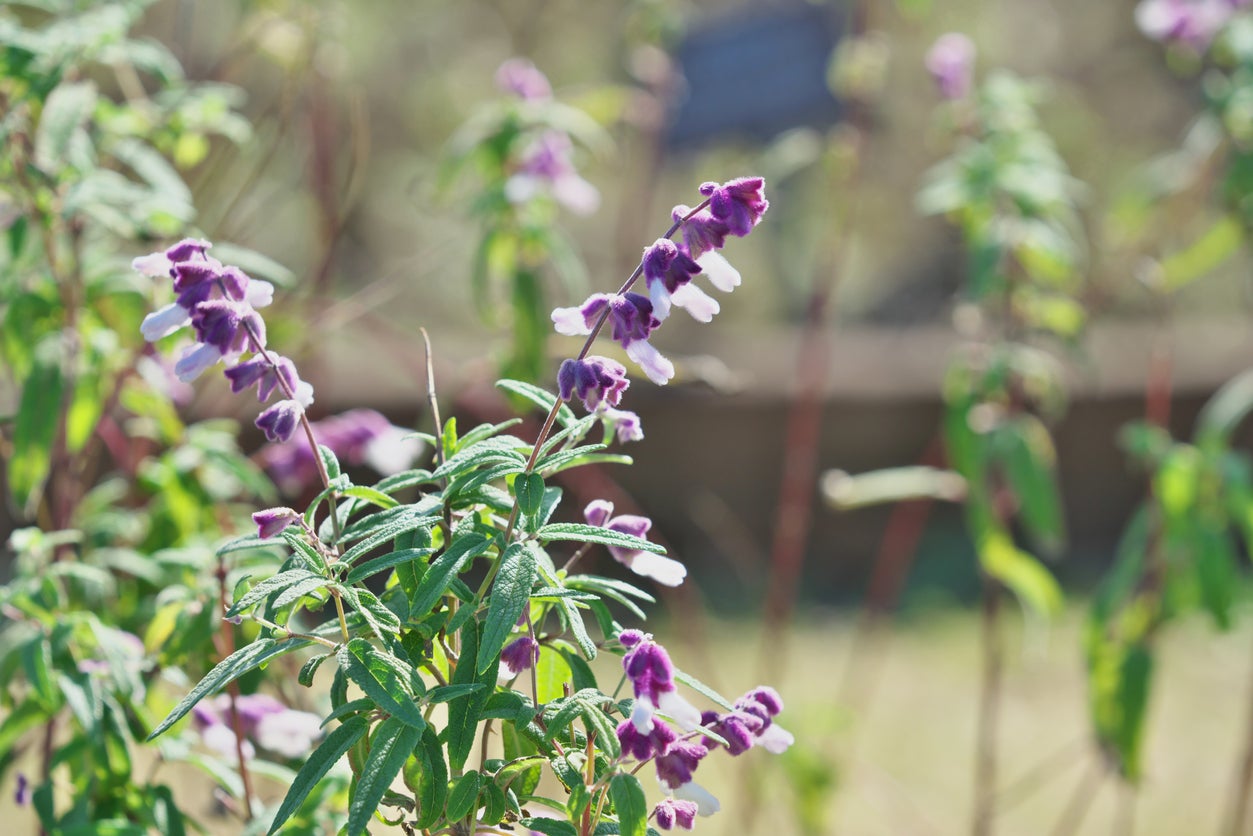 Mexican Bush Sage Care: How To Plant Mexican Bush Sage
Mexican Bush Sage Care: How To Plant Mexican Bush SageChoosing flowering plants that encourage diversity of wildlife in the garden is a key aspect of creating a lush, green garden oasis. Mexican bush sage plant is an ideal choice for those wishing to establish perennial plantings that will thrive all season long. Learn more here.
By Tonya Barnett
-
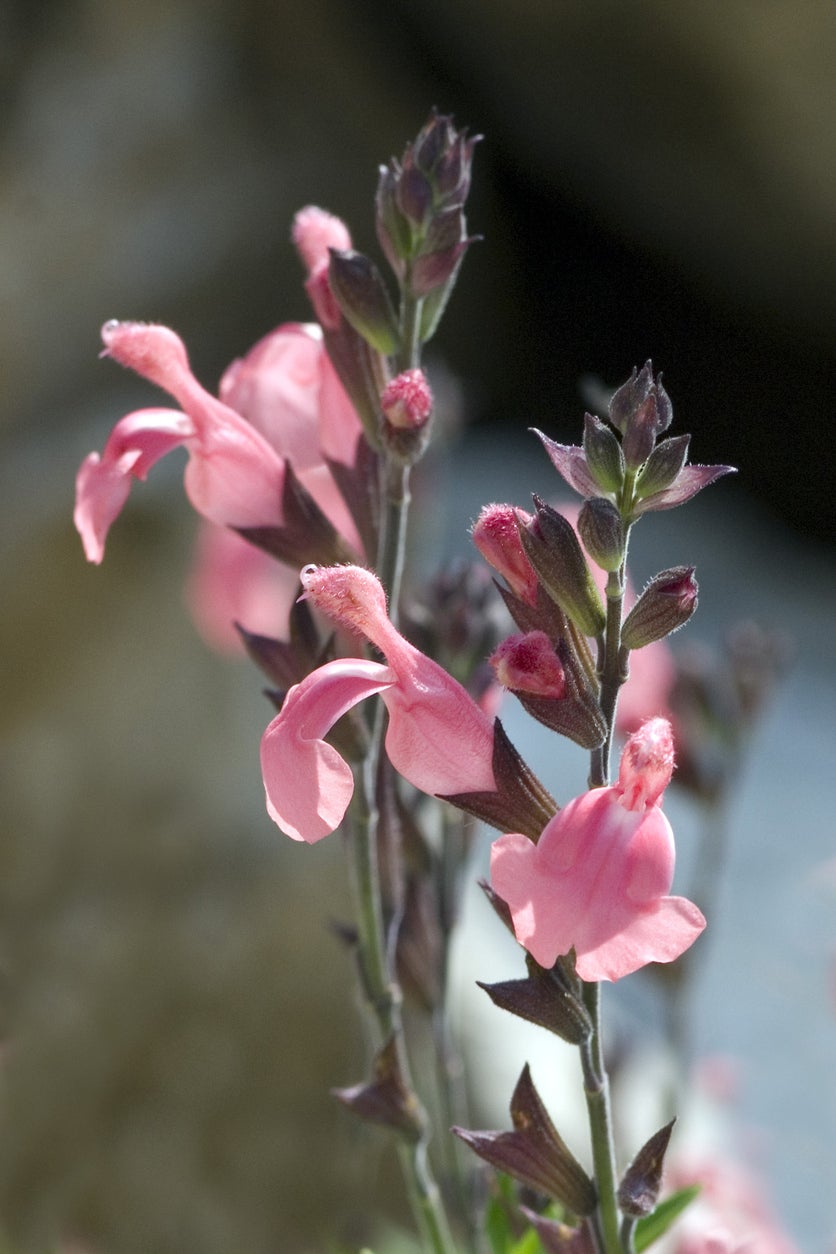 Autumn Sage Care: Growing An Autumn Sage Plant In The Garden
Autumn Sage Care: Growing An Autumn Sage Plant In The GardenSelecting perennial flowers can be one of the most difficult aspects of planting flower borders or landscapes. The autumn sage plant is a perennial that has gained popularity. Not only is this plant versatile, but it offers a season filled with flower blooms. Learn more here.
By Tonya Barnett
-
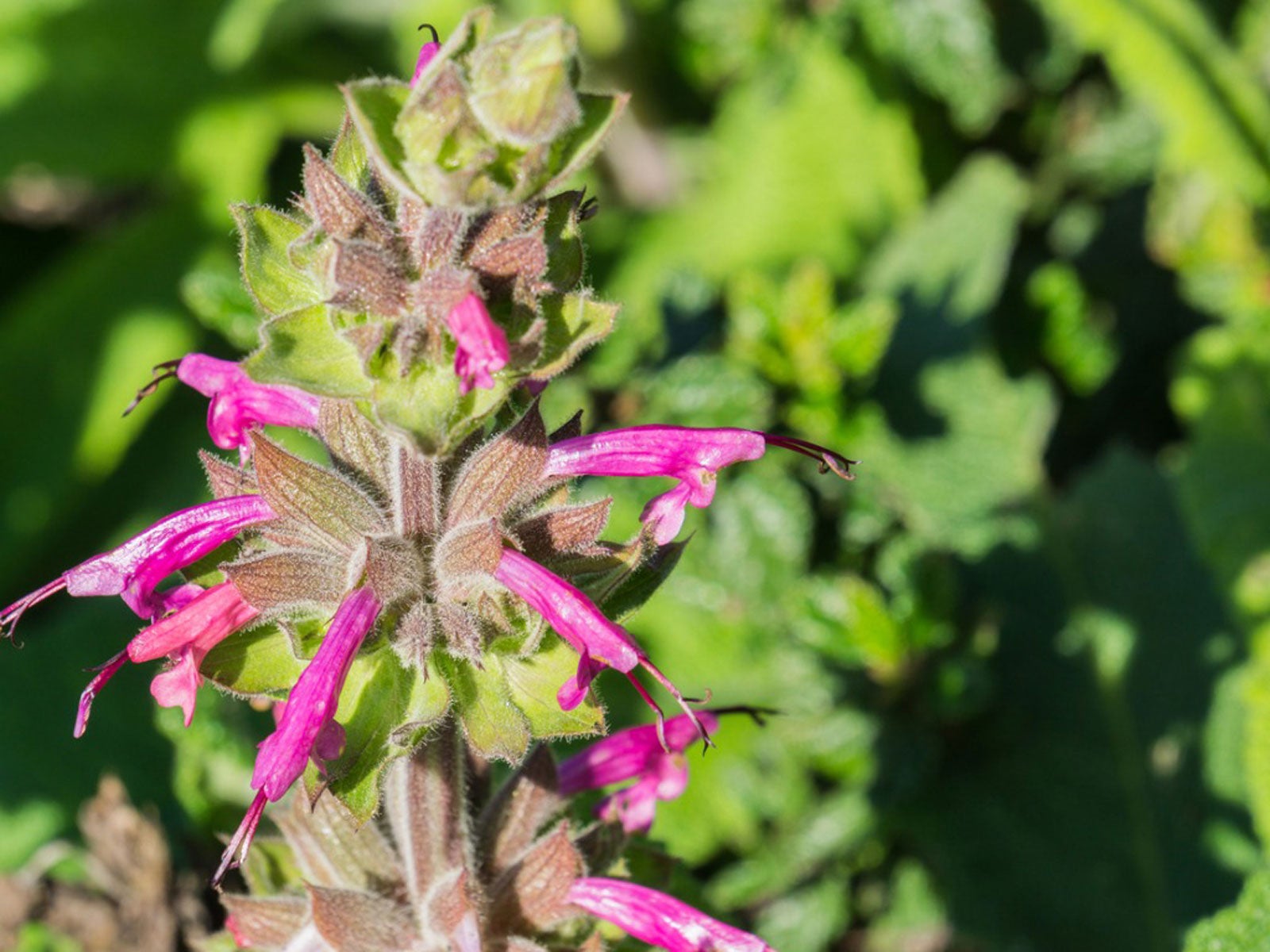 Hummingbird Sage Plant Care: Tips For Growing Hummingbird Sage Plants
Hummingbird Sage Plant Care: Tips For Growing Hummingbird Sage PlantsAs the name may suggest, the hummingbird sage plant has pitcher shaped flowers which attract hummingbirds. Click here for growing information.
By Laura Miller
-
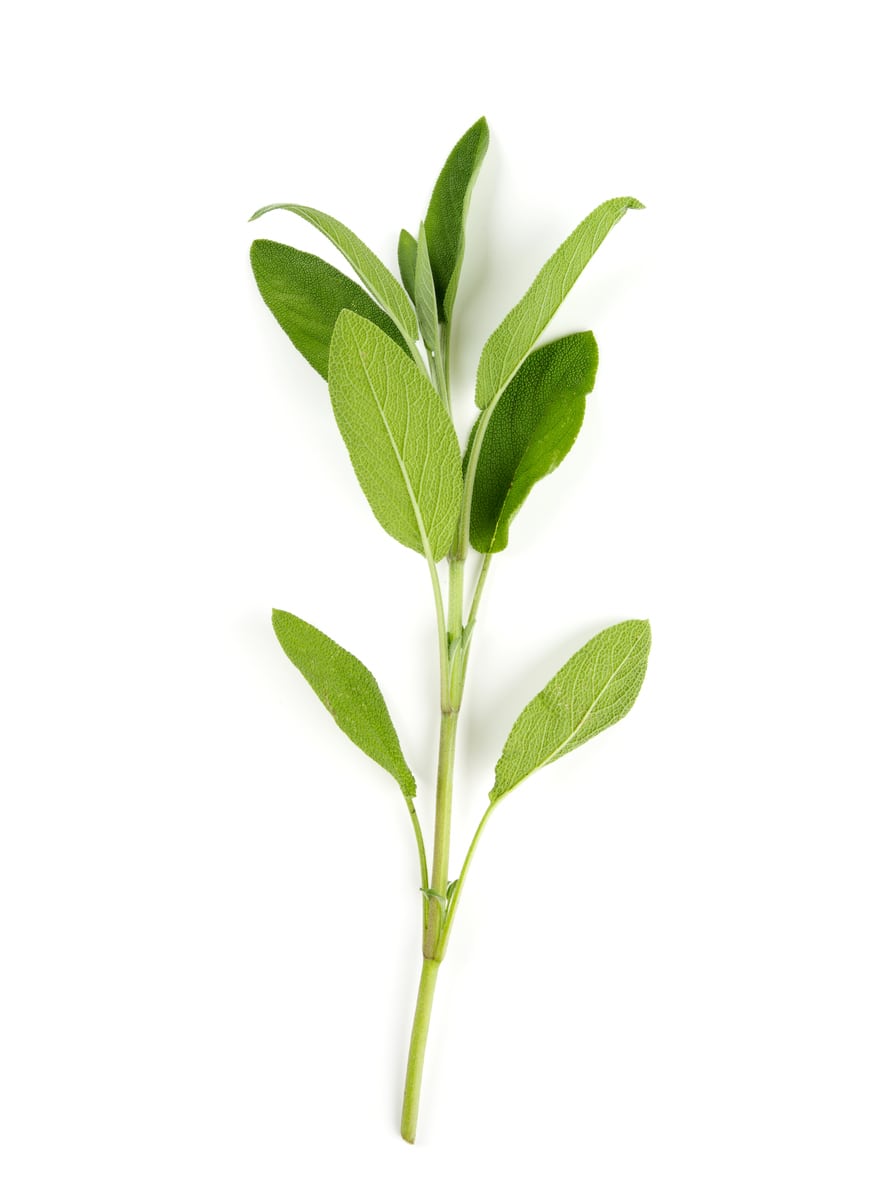 Salvia Cutting Propagation: Can You Grow Salvia From Cuttings
Salvia Cutting Propagation: Can You Grow Salvia From CuttingsIf you have salvia and want more of these easy-care beauties, nobody can blame you. Fortunately, it’s not difficult to propagate. Can you grow salvia from cuttings? Click here for information about salvia cutting propagation.
By Teo Spengler
-
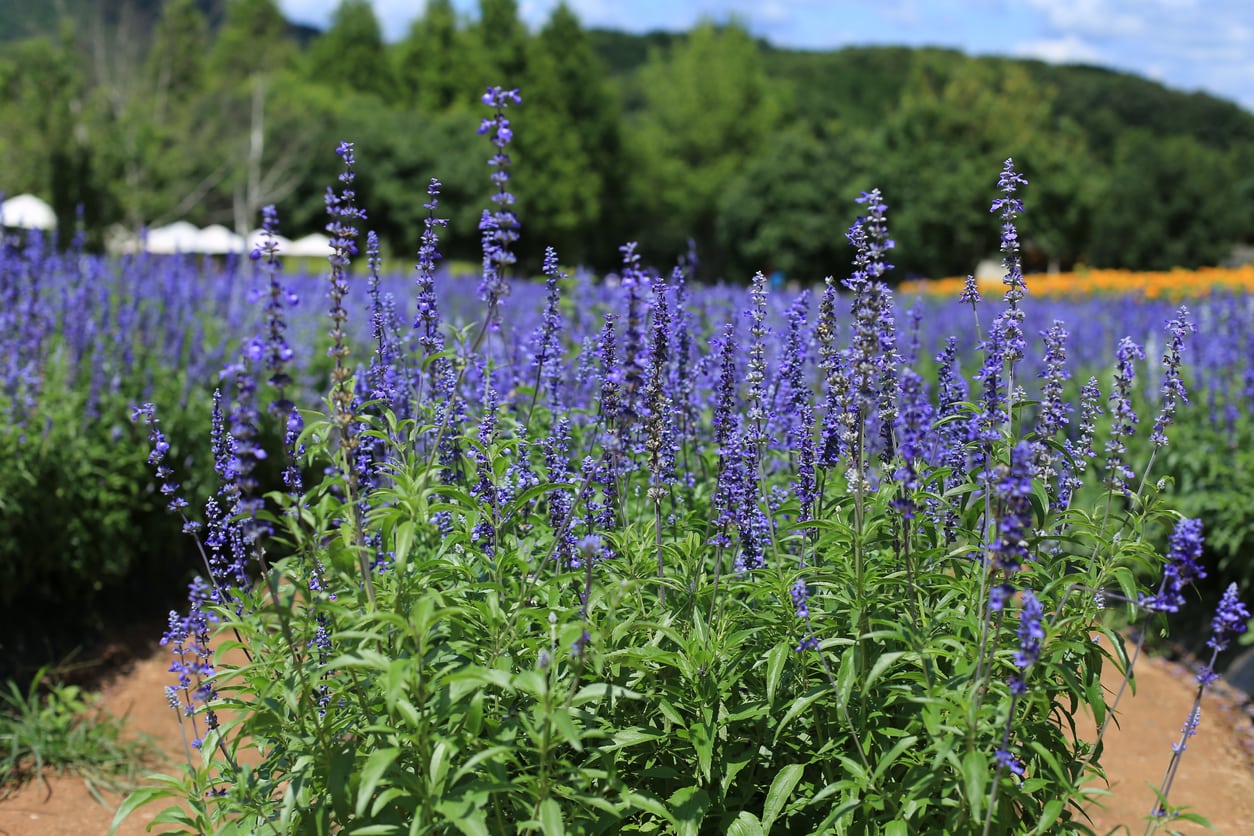 What Is Mealycup Sage: Blue Salvia Info And Growing Conditions
What Is Mealycup Sage: Blue Salvia Info And Growing ConditionsMealycup sage has stunning purple-blue flowers that attract pollinators and brighten the landscape. The name may not sound terribly pretty, but the plant also goes by the name blue salvia. Click here for some comprehensive blue salvia information.
By Bonnie L. Grant
-
 Mojave Sage Information: Learn About Mojave Sage Care In Gardens
Mojave Sage Information: Learn About Mojave Sage Care In GardensWhat is Mojave sage? Native to Southern California, Mojave sage is a woody shrub with aromatic, silvery-green foliage and spiky lavender blooms. Click on the article that follows to learn more about this vibrant, dry-climate plant.
By Mary H. Dyer
-
 Purple Sage Planting Guide: What Is Purple Sage And Where Does It Grow
Purple Sage Planting Guide: What Is Purple Sage And Where Does It GrowUsed to sandy, poor soil, sage requires little maintenance and is perfect for filling in areas where most other plants would die. Click this article to learn more about growing purple sage plants and the care of purple sage in gardens.
By Liz Baessler